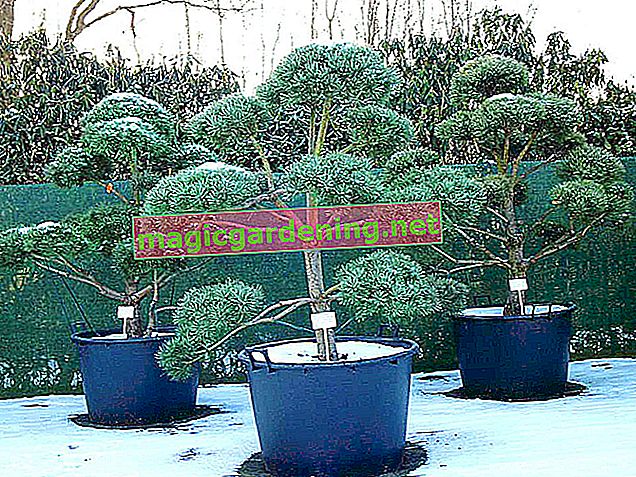
The robust Ilex crenata rarely suffers from disease
Ilex crenata is an evergreen, very robust plant. In a good location, it hardly needs any maintenance. Diseases are very rare, and then it is mostly in a location that is too humid or windy.
also read
- Diseases rare in Ilex crenata Dark Green
- Tips for caring for Ilex crenata (Japanese holly)
- Propagate Ilex crenata using cuttings
If the plants are weakened, they are more likely to suffer from diseases or pests. In this case, fertilize with organic fertilizer twice a year.
Which diseases are there?
Soil fungi cause the roots of the Ilex crenata to rot. You can recognize a fungal disease by a putrid smell that emanates from the ilex. Then look at the roots. If the root tips are dead and the roots show a white coating, it is a fungal attack.
Sometimes the plant can still be saved by pruning the root and relocating it.
If the leaves pale, the gardener speaks of chlorosis. This disease is triggered either by a location that is too dark or too high a pH value in the soil. If necessary, have the soil examined in the laboratory.
Watch out for pests!
The Ilex crenata has only a few pests. This includes the spider mite, which occurs in very dry climates. It is shown by small dots on the leaves, young leaves wither and fall off. The spider mite sucks on the underside of the leaf, damaging it.
Take appropriate action. It is better to avoid chemical agents. Natural enemies are far safer and more effective. You should therefore rely on the following biological control agents:
- Ladybug
- Lacewing
- Predatory bugs
- Ground beetle
As a preventive measure, in very dry times you should wet the leaves of the Ilex crenata with water, especially on the underside.
The leaves of the Ilex crenata turn yellow
If the leaves of the Ilex crenata turn yellow, it almost always indicates too much moisture. Before you start planting, make sure that the soil is well permeable to water so that waterlogging cannot build up. Water regularly but only so that the soil is always slightly moist.
Watering is also important in autumn and winter. Problems often arise here because the plants are too dry.
The longer the Japanese holly stands in the same place, the less you have to worry about watering. Older specimens take care of themselves through the deep roots.
Tips
Ilex crenata berries are poisonous. Therefore, if you have children or pets, you should plant the Ilex crenata Dark Green variety. It is a male species that does not grow berries.








